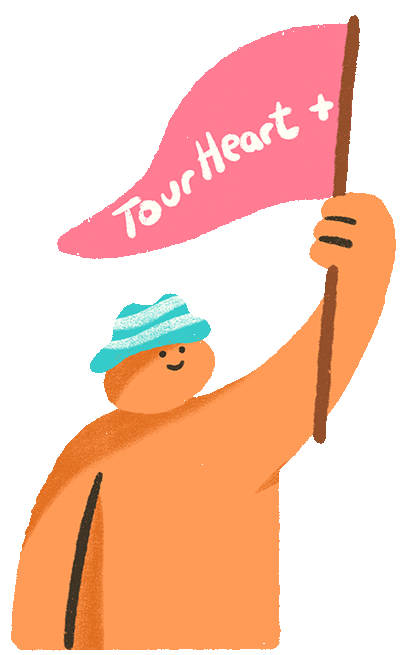At any work setting, you may see various micro-behaviors (e.g., twirling a pen, knuckle cracking, opening countless tabs) that implicitly reveal a person’s psychological state. Among them, leg shaking is a common sight. Beneath these micro-behaviors that people may not be self-conscious of, what messages are these micro-behaviors conveying?
From a psychological perspective, leg shaking may be a sign of feeling bored, stressed, and worried. As stress hormones such as cortisol rise, the body enters into a fight mode. Through leg shaking (whether deliberate or unintentional), emotions may be released. It may also be the body’s self-soothing displacement behavior and displacement behavior, which transforms emotions into behaviors, expressing them in alternative ways.
Other reasons may be plausible. Overseas studies have found that leg shaking’s benefits include improving concentration of adults and children with attention deficiency/hyperactivity disorder (AD/HD). Leg movements may keep them stay awake and focused and reduce mind-wandering, help to activate and stimulate the brain to release more neurotransmitters such as dopamine and norepinephrine and increase the speed of thinking.
The Mirroring Effect of Leg Shaking?
Have you ever felt unsettled when seeing your coworkers shaking their legs? You are not alone. According to a study by the University of British Columbia, an average of 1 in 3 people experience this psychological phenomenon upon seeing others leg shaking. The researchers pointed out that it may stem from mirror neurons that are being activated. By seeing others tapping their legs to resolve emotions such as anxiety and depression, one may feel these sorts of emotions--similar to looking into a mirror. Next time when you see others leg shaking and feel restless , try to observe this phenomenon, remain aware, and try to understand the other person’s behaviors from a different perspective.
Reshaping our Response to Emotions
Your body is your abode, with its own language and memories. Have you closely analyzed your own micro-behaviors? When you’re under a lot of stress, will you unintentionally bite your nails or pull your hair? The ways the body responds to emotions can form habits, and we can reshape our habits of responding and consciously control our behaviors with intention. The three fundamental elements that make up a habit include “trigger points”, “habitual behavior”, and “rewards”. When trigger points such as emotions, time, and environment appear (feeling anxious during a meeting), the body will automatically enact habitual behaviors (e.g., leg shaking), and the brain will respond accordingly to the reward system (stress relief) and remember this habit.
We can pay attention, notice, and monitor the body’s mechanism in responding to emotions, body’s response to emotional mechanism, analyze and weigh the advantages and disadvantages of this habit. If we think it’s time to change, we can establish new rules for ourselves to respond to stress and “develop your new rules”. We welcome you to visit “Chat with Boon” / ”Topics” to chat with our virtual companion, Boon. In the chat “Reshaping the Habit in Responding to Stress”, Boon guides you through ways not to be blindly controlled by habits and learn how to respond to stress flexibly and effectively.
References:
Farley, J., Risko, E. F., & Kingstone, A. (2013). Everyday attention and lecture retention: the effects of time, fidgeting, and mind wandering. Frontiers in psychology, 4, 619. https://doi.org/10.3389/fpsyg.2013.00619
Morishima, T., Restaino, R. M., Walsh, L. K., Kanaley, J. A., Fadel, P. J., & Padilla, J. (2016). Prolonged sitting-induced leg endothelial dysfunction is prevented by fidgeting. American journal of physiology. Heart and circulatory physiology, 311(1), H177–H182. https://doi.org/10.1152/ajpheart.00297.2016
Jaswal, S. M., De Bleser, A., & Handy, T. C. (2021). Misokinesia is a sensitivity to seeing others fidget that is prevalent in the general population. Scientific reports, 11(1), 17204. https://doi.org/10.1038/s41598-021-96430-4
Roland Rotz, Sarah D. Wright. (2021). The Body-Brain Connection: How Fidgeting Sharpens Focus.


